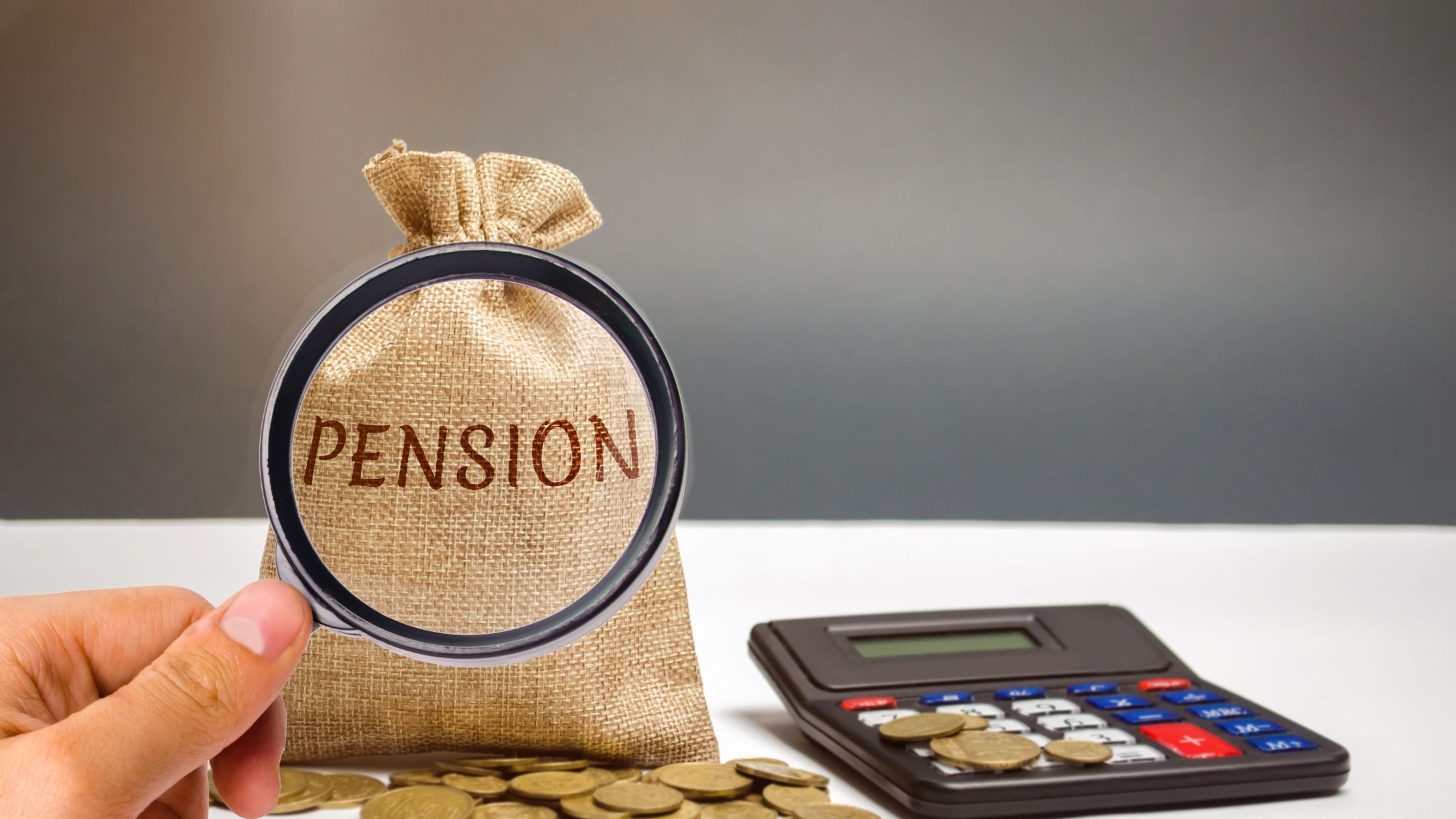At Chorus Accounting, effective tax planning is about more than just reducing your current tax bill; it is about securing your financial future. One of the most tax-efficient strategies available is making pension contributions.
Whether you are self-employed, a company director, or running a small business, contributing to a pension scheme can help you save for retirement and reduce your tax liabilities today.
Below, we explain how pension contributions work, who can benefit, and why acting before the end of the tax year is so important.
What Are the Tax Benefits of Pension Contributions?
Pension contributions offer several valuable tax advantages:
- Income Tax Relief: When you contribute to a pension, you receive tax relief on your contributions. Money that would have gone to HMRC is invested in your future instead.
- Reduced Taxable Income: Pension contributions can lower your taxable income, helping you fall below key tax thresholds and potentially regain lost allowances (such as the Child Benefit or Personal Allowance).
- Tax-Free Growth: Investments within your pension grow free from Income Tax and Capital Gains Tax, helping your savings grow faster.
How Much Can You Contribute?
For the 2025/26 tax year, you can contribute up to 100% of your relevant UK earnings, capped at £60,000 per year. If you have no earnings, you can still contribute up to £2,880 net (£3,600 gross) and receive basic rate tax relief.
How Does It Work for Different Types of Taxpayers?
Self-Employed or Sole Traders
- Tax Relief: You can claim tax relief on your personal contributions up to the annual allowance.
- Example: If your taxable profits are £70,000 and you contribute £10,000 to a pension (£12,500 gross), your basic rate band will extend by £12,500, and therefore you will pay tax on that £12,500 at 20%, rather than 40%.
Company Directors and Employers
- Employer Contributions: Your limited company can make contributions directly to your pension. These are treated as a business expense, reducing the Corporation Tax bill of your company.
- No National Insurance or Dividend Tax: Employer contributions are not subject to National Insurance or dividend tax.
- Example: If your company pays £10,000 into your pension, it pays no tax or NI on that amount, and this, in turn, reduces company profits (and thus Corporation Tax).
Using Pension Contributions to Manage Tax Thresholds
Pension contributions can help you stay below critical income thresholds, including:
- £60,000: Avoid or reduce the High-Income Child Benefit Charge.
- £100,000: Regain your Personal Allowance (which is tapered above this level).
- £125,140: Avoid the additional (45%) income tax rate.
By strategically timing and sizing your pension contributions, you can maximise your tax savings.
Important Updates for 2025/26
- Annual Allowance: Remains at £60,000.
- Low Earners: From April 2025, low earners in “net pay” pension schemes will receive a government top-up so they are not disadvantaged compared to “relief at source” schemes.
- Furnished Holiday Lets: From April 2025, profits from furnished holiday lets will no longer be considered relevant earnings for pension tax relief.
- Claiming Higher Rate Relief: If you pay higher or additional rate tax, you must claim the extra relief through your Self-Assessment tax return.
Timing Matters
The timing of your pension contributions needs to be discussed with your accountant to ensure they are completed before tax year-end.
How Chorus Accounting Can Help
We offer a comprehensive approach to your finances, working with your financial adviser or pension provider to ensure your contributions are correctly planned, documented, and claimed. Our goal is to help you build a secure financial future while optimising your current tax position.

